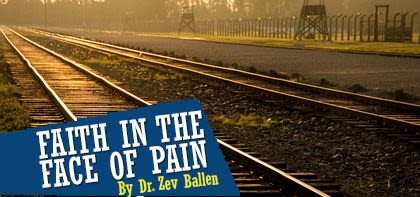
Faith in the Face of Pain
Our first reaction to tragedy, loss, or failure is usually an emotional response and not a response born of faith. Our emotions tell us: “This is horrible..."

How can we stay strong and maintain our faith when terrible pain and suffering come our way? The first thing that we need to know is that whether we realize it or not, we are always putting some kind of meaning on what is happening to us, and it is usually not a “good” one. That is, our first reaction to tragedy, loss, disappointment, or failure is usually an automatic emotional response and not a response born of faith. Our emotions tell us: “this is horrible, terrible, and awful and is probably never going to end.”
But when we use our faith to find a “higher” meaning in what is happening to us, we then find that we can get more of the hope and strength that we need pretty much right away.
Let’s see what we can learn from an extreme example. There was a very holy Rabbi in Poland during the war that helped his followers to cope with the crushing despair that was life in the Warsaw ghetto. If we can see how Jews coped with persecutions that exceed what most of us can even imagine, then we’ll be able to see how the idea of re-framing negative meanings into positive meanings can really help us with our own daily battles with pain and despair.
Rabbi Kalonymus Kalman Shapira, of blessed memory, was the last Chassidic Rebbe of Eastern Europe who died there in a great sanctification of G-d’s Name. Known as the Piaseczner Rebbe, Rav Shapira was appointed “Rebbe” at the tender age of 18. But his true saintliness didn’t emerge until the years 1939-1942 when he served as the spiritual leader for thousands of Polish Jews in the Warsaw ghetto. The Jews 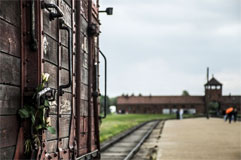 of Warsaw were so broken by the terrible killing and torture that surrounded them on all sides that they barely could remember how they used to feel as Jews or even as human beings. Through his Torah discourses (mostly on Shabbat) the Piacezna revived their souls, bring in life and hope to people who could barely feel anymore; who had been stepped on and persecuted so many times that they were completely numb. Let’s see how the Piacezna Rebbe brought Light into darkness:
of Warsaw were so broken by the terrible killing and torture that surrounded them on all sides that they barely could remember how they used to feel as Jews or even as human beings. Through his Torah discourses (mostly on Shabbat) the Piacezna revived their souls, bring in life and hope to people who could barely feel anymore; who had been stepped on and persecuted so many times that they were completely numb. Let’s see how the Piacezna Rebbe brought Light into darkness:
“The Holy Blessed One is laboring to give birth through the Jewish people, and so the Jewish people suffer the birth pangs, losing their strength as part of them dies, for this is how they give birth to the Light of the Messiah. And for us, it is the same as with a woman squatting on the birthing stool, we know that the strongest contractions indicate that the delivery is progressing, that with each contraction the child is born and revealed a little more. So also, when seeing a Jew suffering greatly with the birth pangs of the Messiah, we know that a greater part of the Light of the Messiah is being revealed through that person.”
We too can view our worries and disappointments in the same way. Instead of thinking about the pain that we go through as having a negative meaning or no meaning at all, why not view it as the painful “contractions” that we are contributing to bringing the Messiah and perfecting the world. The moment that you do this, your pain now has a purpose and you can elevate your pain even to joy.
The Rebbe also nurtured his flock on the idea that they could experience rapturous exalted states of joy through their self-sacrifice and willingness to help each other:
“When a Jew knows, not just intellectually but also by feeling with the very core of his body, that he must support and help his fellows, then mercy becomes a part of his body. When next he prays on behalf of his fellow Jews, he prays with a body full of compassion. Then, the salvation that was stopped for want of a channel through which to flow finds in this person a perfect conduit and spreads to meet physical needs as well.”
The common denominator of these and all of the means at our disposal for inspiring and healing human suffering is one thing – emuna. This has been the message of our Sages from the very beginning and the message which our esteemed Rabbi and teacher, Rav Shalom Arush has dedicated his life to spreading throughout the world. Let’s compare how Rabbi Arush speaks about emuna to how the Piaseczner Rebbe spoke about it in 1941:
“Faith is the foundation of everything. If the faith of a person is, G-d forbid, damaged, then the person is torn asunder and distanced from G-d. Souls condemned to Gehennom (Hell) emerge purified and cleansed after having repented. We hope to G-d that all those suffering these tortures now will rise, cleansed, purified, and closer to Him. But the soul of someone whose faith is damaged is like a soul enduring (Hell) while continuing to add offenses to its sins. After a time, upon examining itself, the soul sees the situation and asks itself, “What have I achieved with all this suffering, if I am just as sullied now as I was before?”
So crucial to the emotional and spiritual survival of the Jew is emuna that the Rebbe suggests that practically any indiscretion can be forgiven but not loss of faith. He insisted for their own good that battered and beaten Jews of his time never lose their faith.
That was a different generation than ours, and so the Rav had to speak to the people then with more harshness than we are used to hearing. Nevertheless, we too really don’t have a choice. The only “free choice” that we really have is whether to believe or not to believe. For a Jew with emuna there will always be a purpose and higher meaning to the trials that he must endure. There will be a part of him that darkness can never touch. And to those who remain closed to emuna – know that your time is running out.
See: Rabbi Kalonymos Kalmish Shapira, Sacred Fire: Torah from the Years of Fury 1939-1942. Translated by J. Hershy Worch. Jason Aronson Inc., 2002.


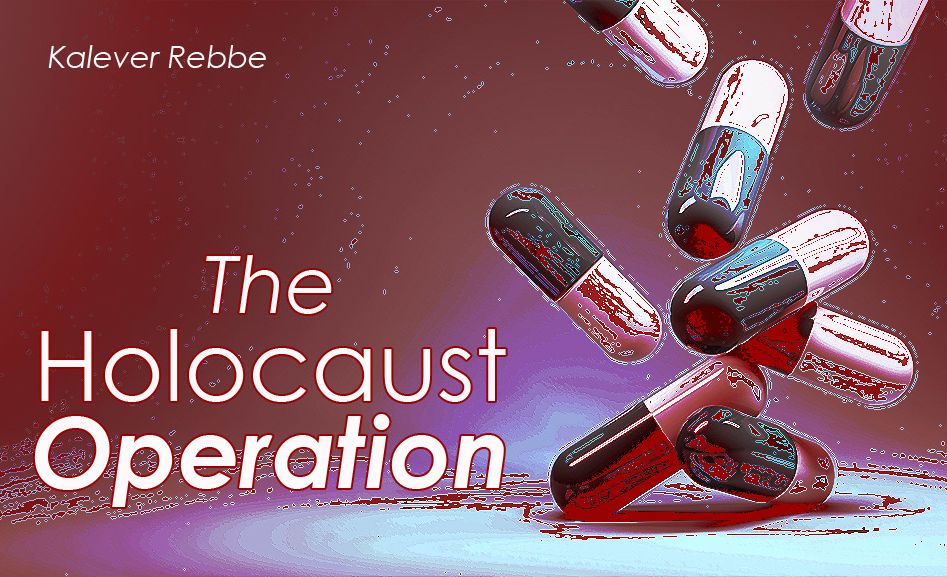
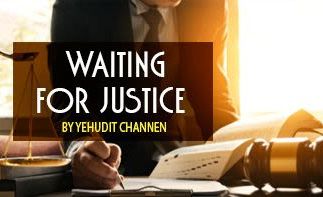


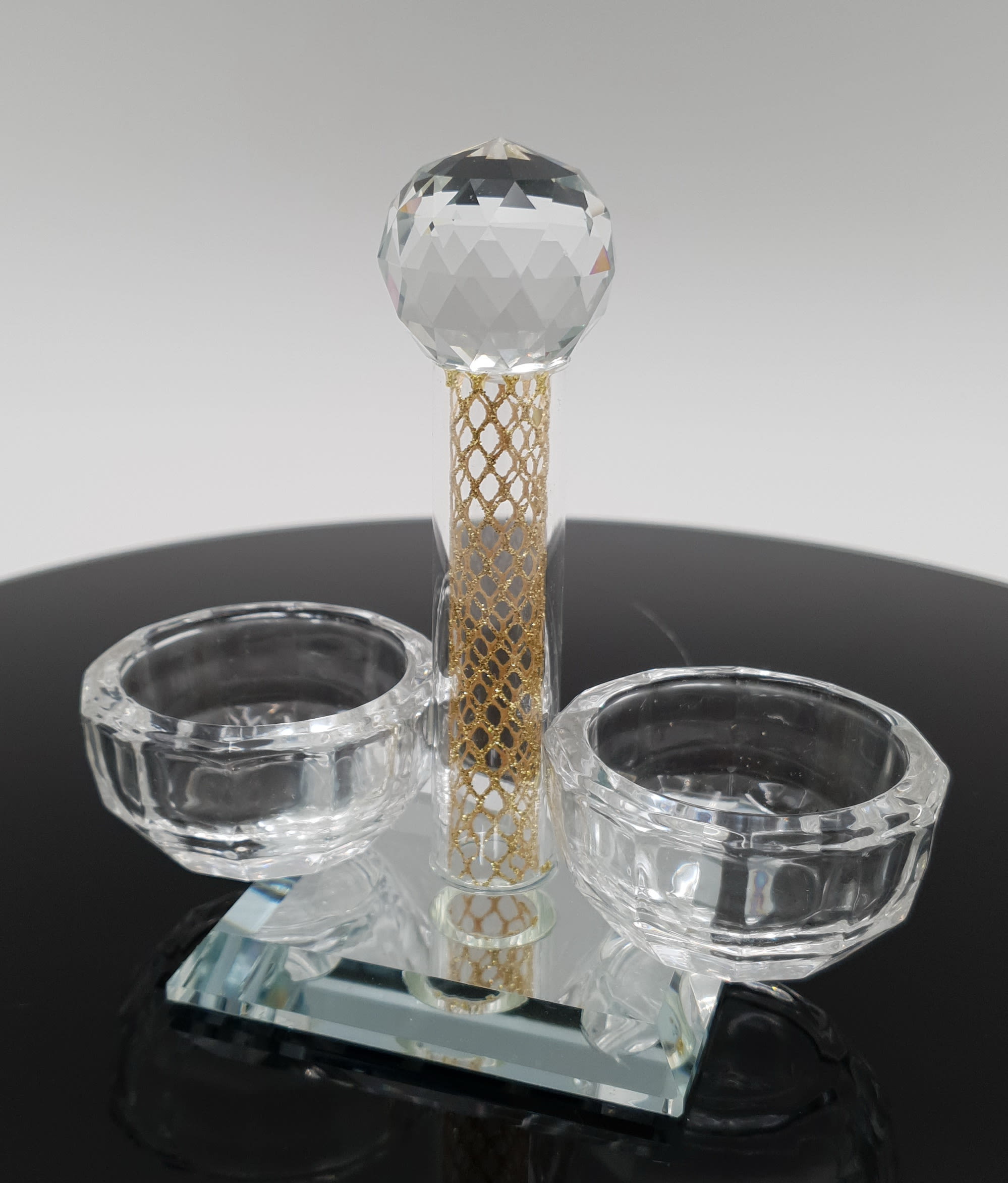
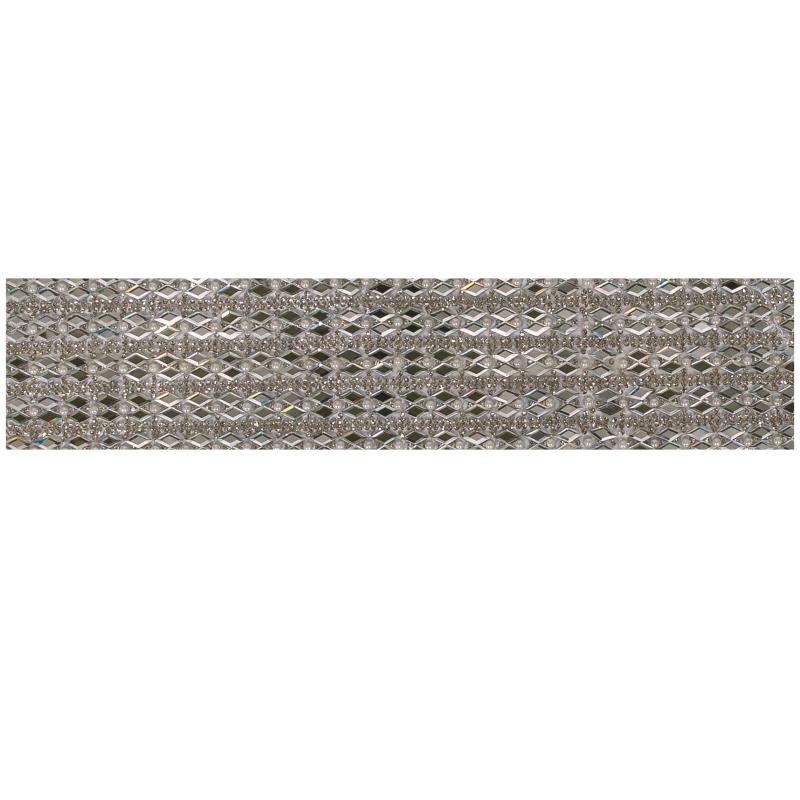


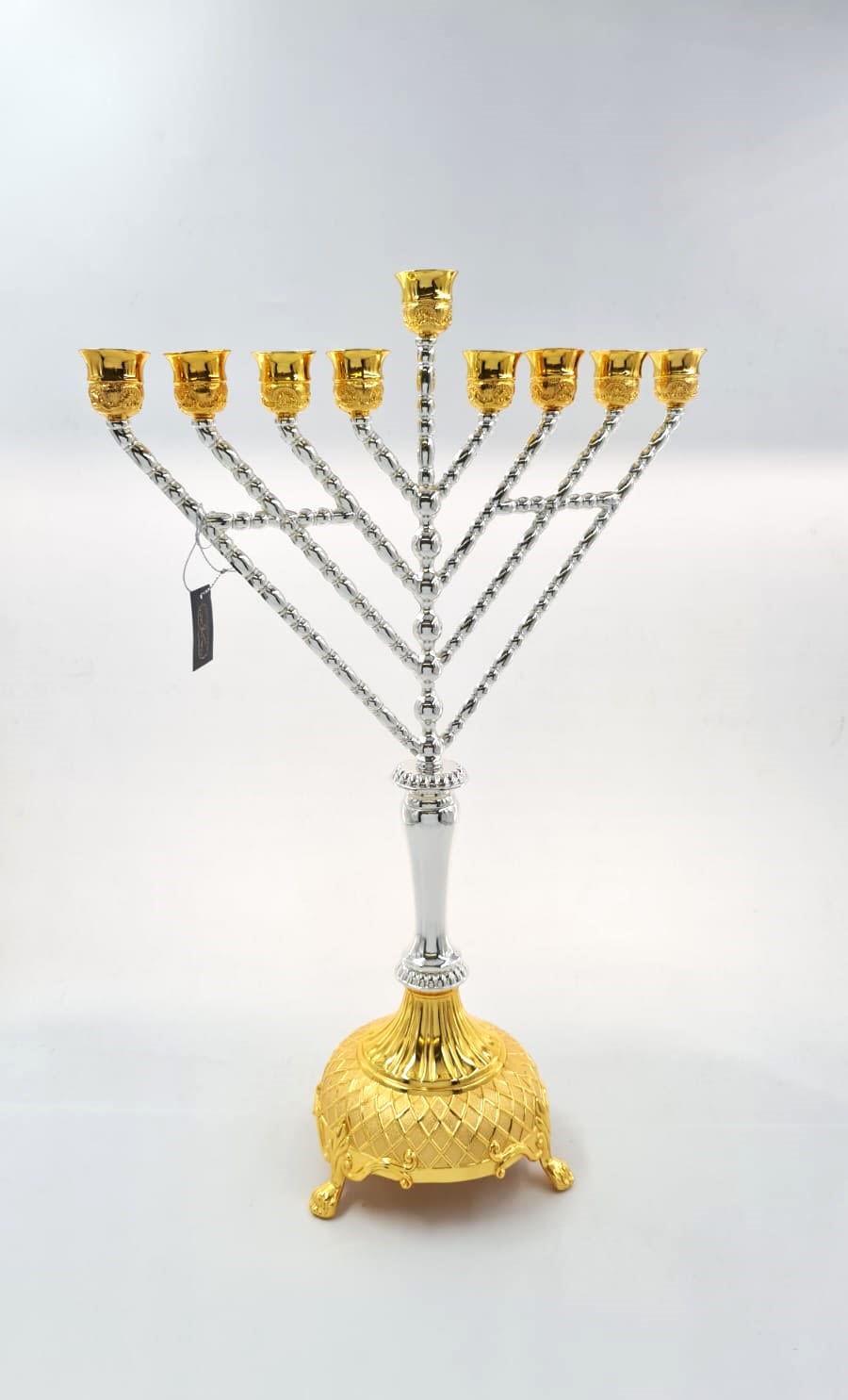
Tell us what you think!
Thank you for your comment!
It will be published after approval by the Editor.